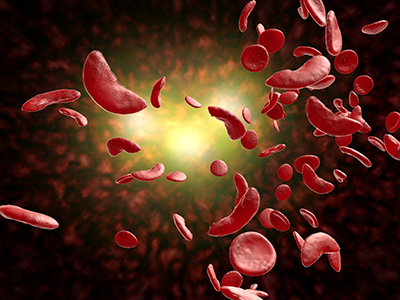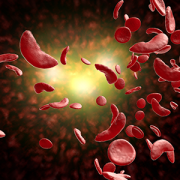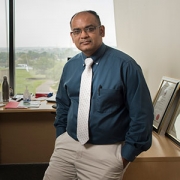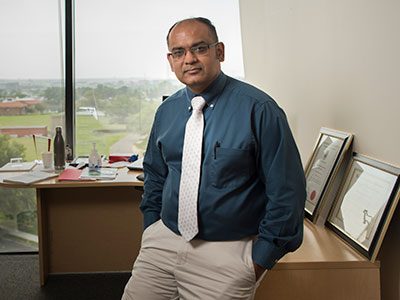Advances in therapy for sickle cell disease and hemophilia

Despite having a network of providers and a national database, access to care and treatment burden continue to be issues that affect quality of life in the hemophilia population.
Hemophilia and sickle cell are disorders that are associated with comorbidities and significant treatment burden, discussed Christine Guelcher, PPCNP-BC, lead advanced practice provider for the Center for Cancer and Blood Disorders at Children’s National Hospital, during the virtual 62nd ASH Annual Meeting and Exposition.
During the satellite symposia, Guelcher explained a network of hemophilia treatment centers (HTCs) was developed in the 1970s. The model of multi-disciplinary care in the HTC network has demonstrated improved outcomes. Despite having a network of providers and a national database, access to care and treatment burden continue to be issues that affect quality of life in the hemophilia population.
“While similar programs were developed in sickle cell with similar improvements in care, the funding was not sustained,” Guelcher said. However, efforts are underway to develop multi-disciplinary care and data infrastructure in the sickle cell community.
“The lack of specialized providers, particularly adult hematologists, continues to be an issue for both non-malignant hematologic disorders,” she added.
Advances in care
While hemophilia is rare, it is an expensive disease. Controlling bleeding with medications is expensive and associated with significant treatment burden. Failure to prevent bleeding due to lack of access or adherence can result in debilitating bleeding that impacts on productivity and quality of life. Additionally, clinical trials with gene therapy are ongoing, though questions remain about sustained levels and durability.
“Recent development of drugs that can reduce the frequency of intravenous infusions (extended half-life factor replacement products or subcutaneous novel non-factor prophylaxis) have improved the treatment burden,” Guelcher said. “But access to care continues to be an issue for up to 30% of the patients with bleeding disorders in the U.S.” Sickle cell disease affects mostly Black/African American and Hispanic patients, many of whom already experience health care disparities. While newborn screening, antibiotic prophylaxis and immunizations have decreased life-threatening infections, vaso-occlusive (pain) crisis continues to be a debilitating complication. Furthermore, stroke, pulmonary, cardiac and renal disease are significant comorbidities.
While advances in therapies for sickle cell have provided new treatment options to decrease the frequency of vaso-occlusive crisis, the pathophysiology that results in all of the sequalae is not fully understood. While Bone marrow transplant is potential treatment of the underlying sickle cell disease process, only 20% of patients have a matched sibling donor. Currently, clinical trials are investigating the safety and efficacy of gene therapy. Despite all of these advances, the life expectancy of somebody with sickle cell is 30 years shorter than the general U.S. population.
Access to care
The multi-disciplinary panel presentation at ASH gave participants an opportunity to hear about the challenges facing these patients and families. The overview of new and emerging treatment options gave providers an understanding of treatment options.
“Hopefully, presentations like this will inspire providers to consider a career in non-malignant hematology (particularly adult providers),” Guelcher added.
As one of the nation’s hemophilia and thrombosis treatment centers, Children’s National Hospital provides comprehensive, multi-disciplinary care. Patients can participate in two national registries in order to collect aggregate data that are used to identify trends that impact bleeding disorder patients. Our sickle cell program also offers multi-disciplinary clinics for infants, integrative care for chronic pain and transition, addressing some of the unmet needs that continue to be an issue nationally.
“We also participate in industry sponsored clinical trials to ensure that new therapies, including gene therapy, are safe and effective,” Guelcher explained. “This gives our patients access to state-of-the-art care. Numerous clinical trials to ensure that recently licensed products and gene therapy are safe for use in a pediatric patient with hemophilia and sickle cell are ongoing.”





